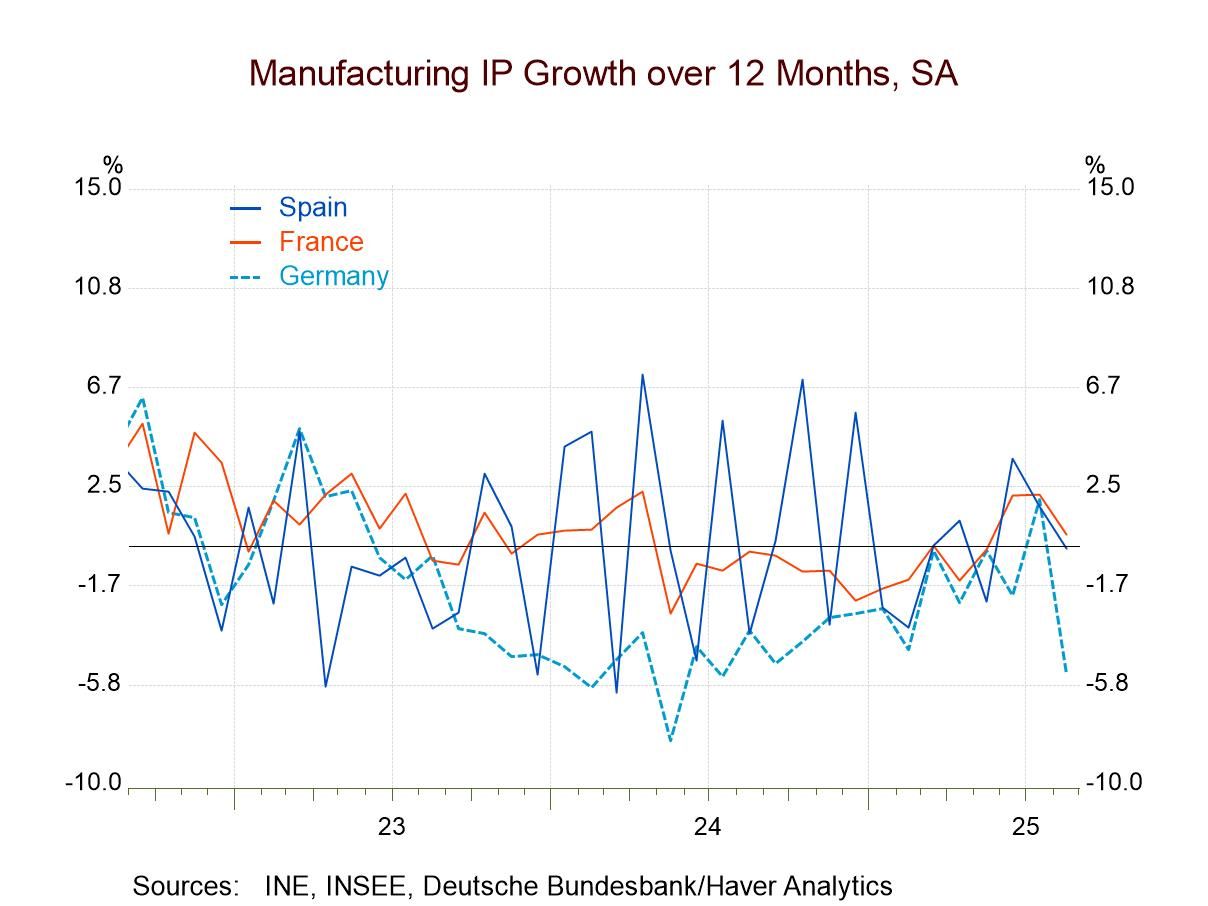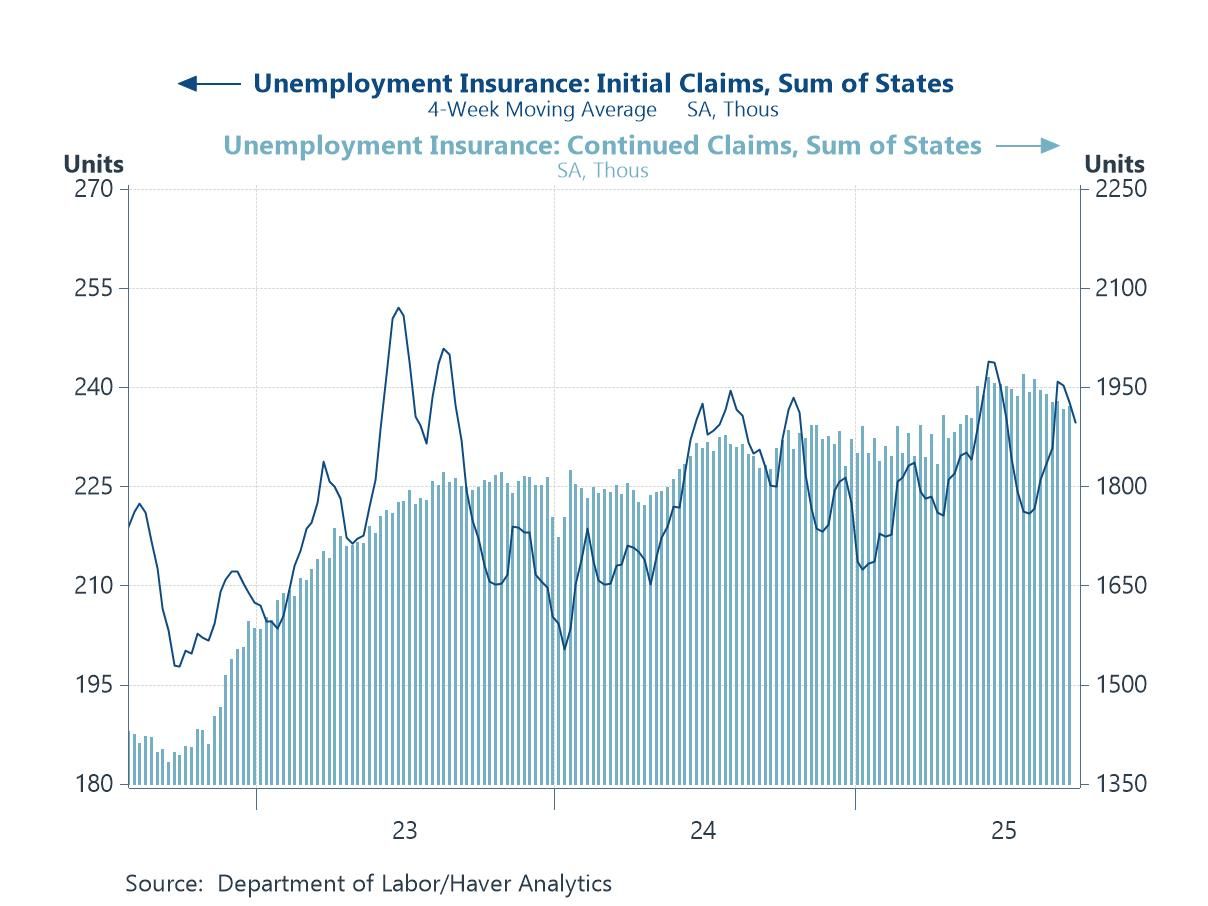 Global| Sep 17 2004
Global| Sep 17 2004Canadian Consumer Prices Fall in August
Summary
Inflation remains well contained in Canada, according to the Statistics Canada report on the August CPI released today. Indeed, there has been little movement in the consumer price index since May. The overall index fell 0.2% in [...]

Inflation remains well contained in Canada, according to the Statistics Canada report on the August CPI released today. Indeed, there has been little movement in the consumer price index since May. The overall index fell 0.2% in August, seasonally adjusted and the ex-food-&-energy "core" index was off 0.1%. Thus, for the month of August, there was outright de-flation; broad categories contributing to the price decline included transportation, health and personal care and recreation, education and reading.
The Bank of Canada uses an inflation target as its main guideline for monetary policy. The target is a 1%-3% range for the CPI, with 2%, the midpoint of the range, kept in sight over the one-and-a-half to two year period that it takes monetary policy to be effective. This operational horizon is long, so the Bank wants to avoid shifting policy due to some transitory movement in one or a few volatile price items. It has therefore devised an alternative measure of "core" inflation that excludes the eight most volatile items as well as indirect taxes (e.g., VAT and other excises. See footnote below for the list of exclusions). Most recently, in 2002, as the Bank's core inflation rate showed signs of persisting above 2% (year-on-year), the Bank raised its target money market rate several times. Core inflation peaked at 3.3% in January of 2003 and began to retreat; as it approached 2% in the summer of 2003, the Bank responded by cutting interest rates. These past few months, the total CPI has hovered between 2-1/4% and 2-1/2%. In the context of stronger-than-expected economic growth in Canada, the Bank raised its rate target on September 8 to 2.25%. However, the latest CPI data reported here show overall inflation at 1.9% and the special Bank of Canada core inflation at just 1.5%. If these price gauges persist at the levels, the Bank might have to reconsider its policy stance.
| Canada CPI: % Changes | Aug 2004 | July 2004 | June 2004 | Year/ Year | December/December|||
|---|---|---|---|---|---|---|---|
| 2003 | 2002 | 2001 | |||||
| All Items | -0.2 | 0.0 | 0.1 | 1.9 | 2.0 | 3.9 | 0.7 |
| Ex Food & Energy | -0.1 | 0.0 | 0.1 | 1.2 | 1.6 | 3.9 | 1.6 |
| Ex 8 Items & Indirect Taxes* | -0.2 | 0.2 | 0.2 | 1.5 | 2.2 | 2.7 | 1.6 |
Carol Stone, CBE
AuthorMore in Author Profile »Carol Stone, CBE came to Haver Analytics in 2003 following more than 35 years as a financial market economist at major Wall Street financial institutions, most especially Merrill Lynch and Nomura Securities. She had broad experience in analysis and forecasting of flow-of-funds accounts, the federal budget and Federal Reserve operations. At Nomura Securities, among other duties, she developed various indicator forecasting tools and edited a daily global publication produced in London and New York for readers in Tokyo. At Haver Analytics, Carol was a member of the Research Department, aiding database managers with research and documentation efforts, as well as posting commentary on select economic reports. In addition, she conducted Ways-of-the-World, a blog on economic issues for an Episcopal-Church-affiliated website, The Geranium Farm. During her career, Carol served as an officer of the Money Marketeers and the Downtown Economists Club. She had a PhD from NYU's Stern School of Business. She lived in Brooklyn, New York, and had a weekend home on Long Island.





